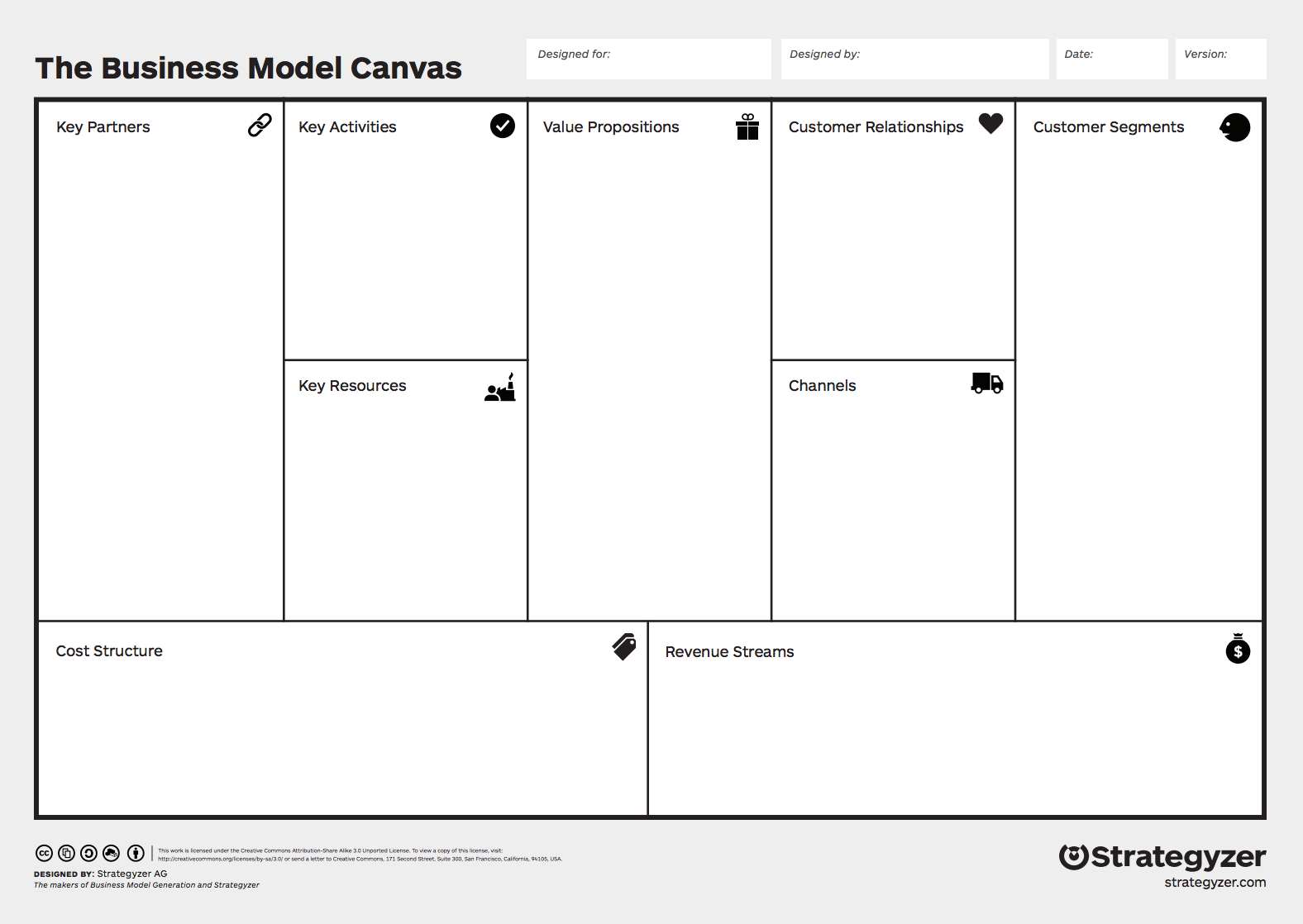You have a good idea! Now what? Here is a basic outline you can use to get started.
- Brainstorm
- Make a business model
- Create a website and social media pages
- Get legal
- Implement
The internet is flooded with available software that can help make the process easier and knowing what to look for is half the battle.
1. Brainstorm
Take out a notebook and start jotting your idea down. Whether it’s the product or service itself, a tag line, or an app function, you have to like it on paper. Your business model will change as you encounter problems and successes in the field — so get to the core of what drives this endeavor.

People buy things that benefit them. Therefore, make sure to get a firm grasp on why your business is helpful. You need to polish a mission statement even if the user doesn’t end up seeing it. You have to be able to firmly grasp how your product or service contributes to the community.
Come up with names, a brand, and styles of marketing you think would most attract your clientele. Do some preliminary market research in order to see how products or services like yours fair online. A simple Google search that includes keywords relating to your business will allow you to see how your competition sells to their demographics.
Other successful businesses have gone through the necessary steps already to find what works best in their market. Think about where they are selling and how much they are selling for to give yourself a ballpark to work with when designing your point-of-sale system.
2. Make a business model
There are an infinite amount of ways to write a business plan but a model using key categories will help you visualize the big picture. Strategyzer offers a template with universal categories that make up every business. Some of these include: revenue streams, cost, value propositions, customer segments, and more.
There are an infinite amount of ways to write a business plan but a model using key categories will help you visualize the big picture. Strategyzer offers a template with universal categories that make up every business. Some of these include: revenue streams, cost, value propositions, customer segments, and more.

If you have nowhere to go, then you will be running in circles. A business model acts as a lexicon to which you can refer back so you don’t lose track of where you’re going. Set the major goals first and work in the details after. It’s very easy to get caught up in the minor details.
We would all like to predict the future but since we don’t have time machines, all we can do is take the past and present into account. Utilize the steps other companies took to get to where they are now. Mark down who they partnered with, how they sold their products, and consider why they stayed relevant as time progressed.
Ask yourself that common interview inquiry, “Where do you see yourself in 10 years?” As you dig deeper you will start to see mile markers light up ahead of where you are now. Start with the overall goal and divide up the necessary sequence of events required to reach it.
3. Create a website and social media pages
There are plenty of sites that offer website hosting and construction.

You can search domain availability instantly with companies like GoDaddy and Wix. Keep in mind, you don’t have to build your website with the same company where you bought your domain. For example, you can buy a domain from Godaddy but build and host your website using Wix. However, it is easier to just stick with the same company if this is your first website. Wix is one of the top DIY (do it yourself) site builders that offers drag and drop capabilities along with a myriad of free stock photos and video.
You can search domain availability instantly with companies like GoDaddy and Wix. Keep in mind, you don’t have to build your website with the same company where you bought your domain. For example, you can buy a domain from Godaddy but build and host your website using Wix. However, it is easier to just stick with the same company if this is your first website. Wix is one of the top DIY (do it yourself) site builders that offers drag and drop capabilities along with a myriad of free stock photos and video.
This will get you looking professional much faster than learning how to code one yourself and save you a few bucks before hiring someone to do it from scratch. Of course, if your website requires specific functions that are not included in a DIY website builder, consider searching on freelancing websites for developers and graphic artists like Fiverr.
4) Get legal

No matter what type of business you would like to start, you have to make sure you’re protected if and when you start gaining traction in the marketplace. LegalZoom offers Economy, Standard, and Express Gold packages that include options making it easy to file forms properly.
Look into registering your trademark once you have a logo or name that you plan to stick with.
Base the type of company that you’re creating with LegalZoom on what your pay structure and tax layout will look like. For example, if you’re a photographer that just wants to, more officially, sell his or her work, then a Sole Proprietorship may work just fine. Read over all of the material they offer in order to gain some insight before you seal the deal.
Open a bank account with your company’s information once things are finalized so that you can do business with a company card. It’s best not to mix personal purchases with business costs (even if you use your own money at first). The point is to track everything in an organized manner so that a year down the road you’re not fumbling for tax deductibles and profit margins in your personal checking account.
5. Implement
You can’t be afraid to get started so just get to it. Once you have all of the nuances that comprise your company, start implementing your business plan! You’ll have a plan organized, website to show the world and a legal document in your hand.

Label your products now that you have everything official and connect with the world through social media. Telling your closest friends about what you do is a good start to gain a trustworthy following. As long as you believe in what you’re doing and how you do it, the sky’s the limit.
Get either a PayPal, Stripe, or Square account so that you can actually accept/return payments. Stick to the plan you made when you envisioned your life 10 years down the road but stay flexible. Testing out your market using your first business model is going to be a learning experience and adapting will be key to success.
Get either a PayPal, Stripe, or Square account so that you can actually accept/return payments. Stick to the plan you made when you envisioned your life 10 years down the road but stay flexible. Testing out your market using your first business model is going to be a learning experience and adapting will be key to success.
Get either a PayPal, Stripe, or Square account so that you can actually accept/return payments. Stick to the plan you made when you envisioned your life 10 years down the road but stay flexible. Testing out your market using your first business model is going to be a learning experience and adapting will be key to success.
Good luck, stay tough, and have a fun with it!
#ConstantineS #business #startup

